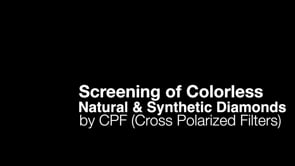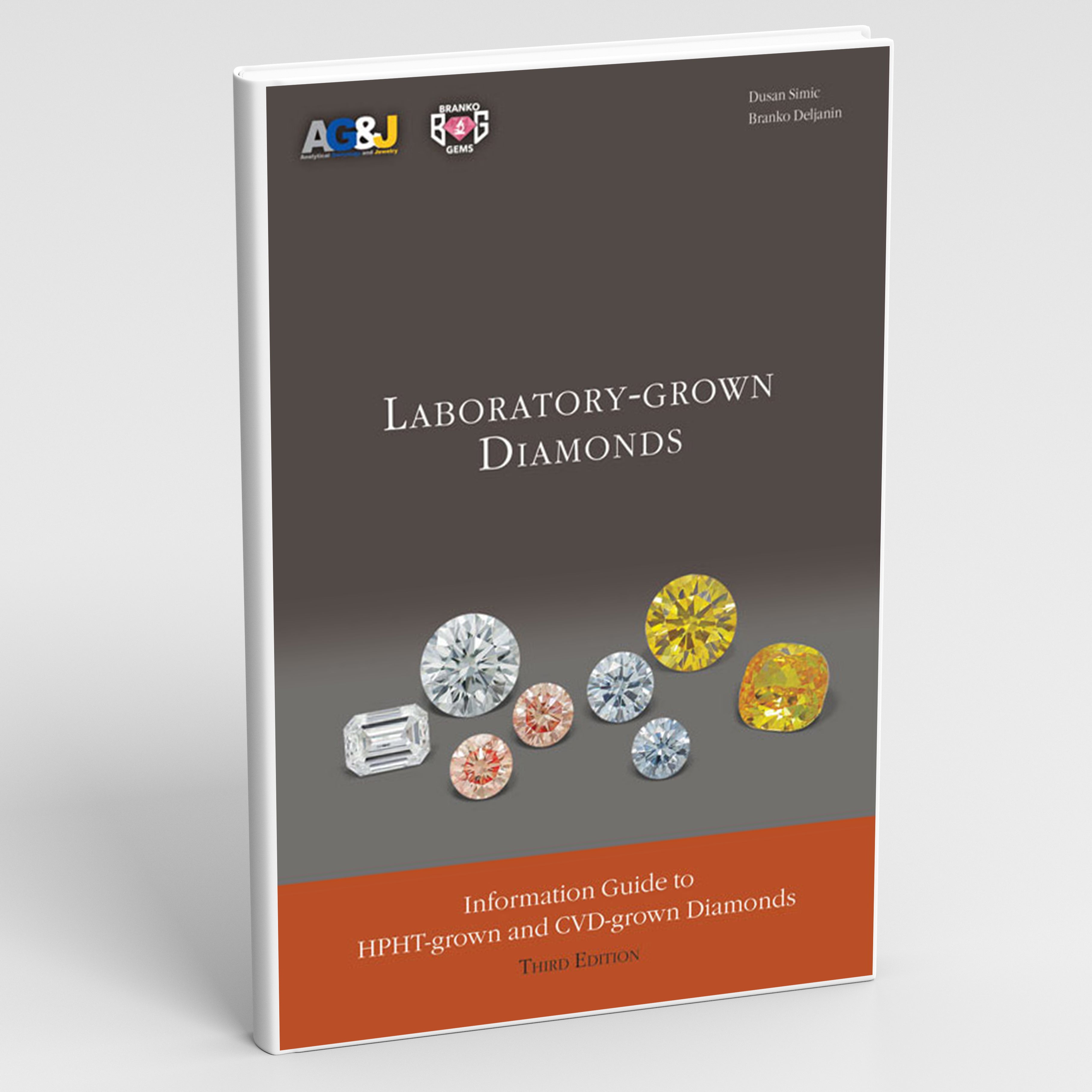Detecting Laboratory Diamonds: Interview of two experts goal Deljanin and Guye Borenstein
Identification of modern synthetic diamonds is a challenge for gemologists. In order to understand the current trends and development in this area, let us focus on a joint discussion of two world experts.
Branko deljanin is a recognized Canadian gemologist with more than 25 years of experience in the diamond field. He became famous for promoting several new methods to distinguish natural and synthetic diamonds, including unique CPF techniques using crossed polarizing filters. He is the author of a number of professional publications and regularly lectures at international conferences. In the video interview, it explains the theoretical principles and practical implementation of various diamond identification methods.
Guy Borenstein is the world's leading expert in diamond testing. He currently acts as the main gemologist of Stuller, where he leads comprehensive surgery of diamond screening and gemological testing in the company's facilities. Its responsibility is also the development of screening protocols for all diamonds, employee training and research of new identification methods.
Before joining Stuller, he worked for 15 years in various gemological positions, including a gemologist head in two laboratories and vice president of gemological services at Gemewizard. He was also a lecturer of the Gemology Diploma Course on GEM-A and a consultant for a number of institutions and societies around the world.
In an extensive interview, both experts discuss key topics:
- Main methods of producing synthetic diamonds - CVD and HPHT - and how are the rigid properties of these synthetic stones
- Differences in testing free and planted stones
- Specific problems in small diamonds due to their small size
- Restrictions on the possibility of using conventional methods such as thermal or electrical conductivity
- Use of modern spectroscopic devices and their efficiency
- Risks related to modifications as HPHT that may obscure synthetic origin
- Necessity of a combination of multiple screening techniques for maximum accuracy
- Future development to improve detection limits and accuracy
Both experts state that to maintain consumers' trust, it is necessary to constantly improve the possibilities of identifying modern synthetic diamonds. If you are interested in laboratory diamonds, I definitely recommend that you see this detailed interview. You will gain valuable insight behind the scenes of testing and a lot of expert advice for your practice.








